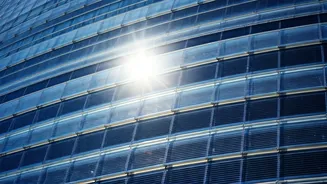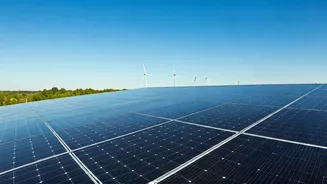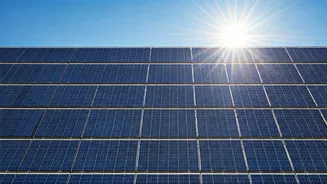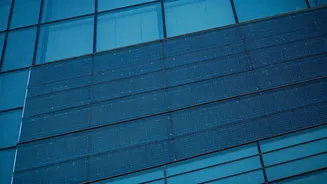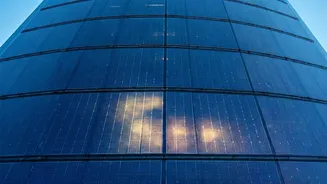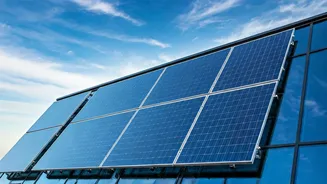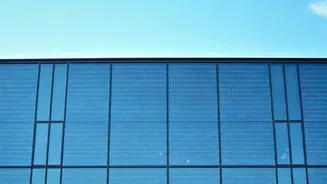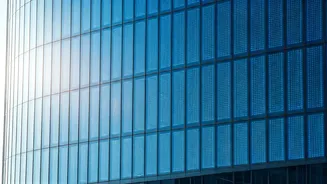Energy-Generating Windows
The advent of semi-transparent solar cells has sparked a revolution in the realm of energy generation and architectural design. These cells are designed
to integrate seamlessly into windows and building facades, effectively transforming everyday structures into power plants. Unlike traditional solar panels that are opaque and require dedicated installation spaces, these innovative cells allow a significant portion of visible light to pass through, maintaining aesthetic appeal while capturing sunlight. This unique characteristic opens up exciting possibilities for urban integration, enabling buildings to contribute to their own energy needs while preserving the clarity of glass surfaces. The development of this technology is a major stride towards sustainable energy solutions, paving the way for more efficient and visually harmonious renewable energy adoption.
How They Work
The functionality of semi-transparent solar cells lies in their construction, which differs from conventional solar panels. These cells typically use advanced materials like organic semiconductors or thin-film technologies, which absorb specific wavelengths of sunlight, leaving the rest to pass through. The selection of materials and their arrangement within the cell is crucial to achieving the desired balance between transparency and efficiency. Engineers carefully optimize the cell's design to maximize the absorption of usable sunlight while allowing enough light to transmit to preserve the transparency needed for windows. By selectively absorbing energy from the solar spectrum, the cells efficiently convert light into electricity without compromising the ability to see through the glass. This selective absorption process makes them versatile for use in various architectural designs, while contributing to a reduction in carbon footprint.
Applications and Potential
The applications for semi-transparent solar cells extend far beyond residential and commercial buildings. They hold promise for integration into automobiles, consumer electronics, and other areas where traditional solar panels are impractical due to space or design limitations. Imagine vehicles equipped with energy-generating windows or smartphones with transparent solar backings that continually recharge the battery. Furthermore, the technology enables the implementation of Building-Integrated Photovoltaics (BIPV), where solar cells become integral components of the building itself, such as facades and skylights. The capacity to seamlessly merge energy production with building design marks a significant step towards urban sustainability. This innovative approach presents new opportunities for architects and designers to create aesthetically pleasing and environmentally conscious structures, fostering an increased uptake of renewable energy sources.
Future Developments
Advancements in material science and cell design continue to improve the efficiency and reduce the cost of semi-transparent solar cells. Research focuses on increasing the cells' ability to absorb light, thereby enhancing their power output. Scientists are also working to develop more durable and cost-effective materials to make the technology more accessible. This ongoing research includes investigating new compounds and manufacturing methods to boost performance. Further improvements in transparency, color options, and integration techniques are on the horizon. These developments will expand the range of potential applications, making them an increasingly viable option for powering structures and devices. As technology advances, semi-transparent solar cells are poised to play a crucial role in the future of sustainable energy.
